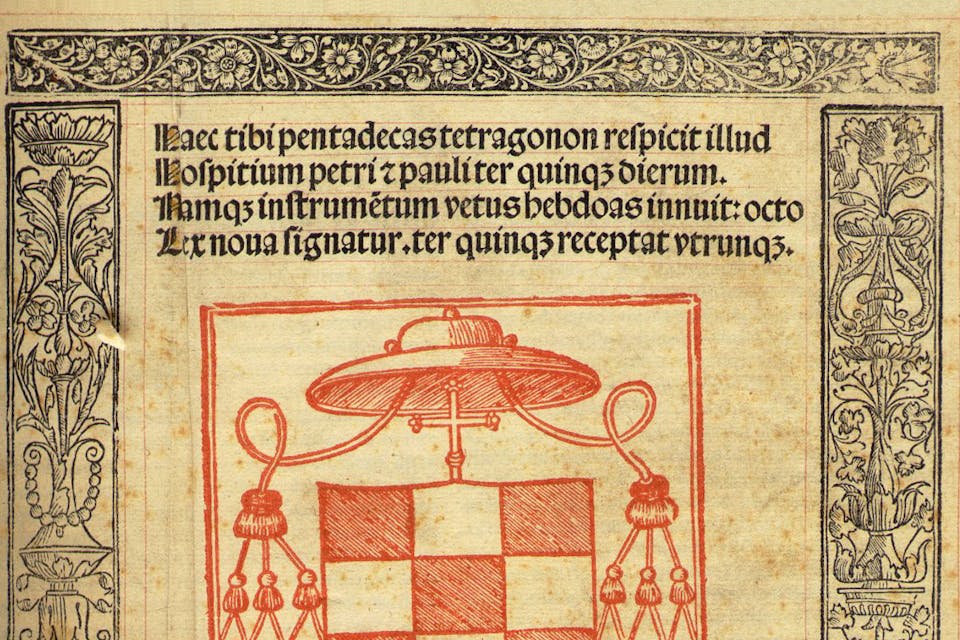
May 25, 2023
The Battle of the Seventy Translators
How many rabbis first translated the Hebrew Bible, and how many different translations did they produce?
The voice [of God at Mount Sinai] went forth and divided into 70 voices and 70 languages, so that every nation would hear it in the language that it spoke.—Exodus Rabbah 5:9
Consider how the voice [of God at Mount Sinai] reached every Israelite, each according to his powers: the elderly according to their powers, and the youths according to their powers, and the children according to their powers, and the infants according to their powers, and the women according to their powers, and even Moses himself.—Exodus Rabbah, 5:9
It happened that King Ptolemy convened 72 elders, enclosed them in 72 chambers without telling them why, and then went from one to the other and said, “Transcribe for me [in Greek] the Torah of your master Moses.” God bestowed His counsel on each of them and all arrived at a single identical translation.—Talmud, Megillah 9a
Ptolemy II, the Hellenistic monarch of Egypt from 283 to 246 BCE, was the ruler who commissioned the Septuagint, the earliest Bible translation whose first part, the Five Books of Moses, was carried out under his reign. Its name derives from its Latin title of Vetus Testamentum ex Versione Septuaginta Interpretum, “The Old Testament in the Version of the 70 Translators.” In rabbinic tradition, too, it is known as targum ha-shiv’im, “the translation of the 70,” even though the oldest accounts of it have it that the actual number of scholars summoned by Ptolemy was 72, six from each of the twelve tribes of Israel.
This is an obvious anachronism, the twelve tribes of Israel having long disappeared by Ptolemy’s time. Whether real or apocryphal, however, it is not a coincidence, I think, that the number of 72 was rounded off by rabbinic—and in its wake, Christian—tradition to 70, which was also held by the rabbis to be the number of the world’s languages.